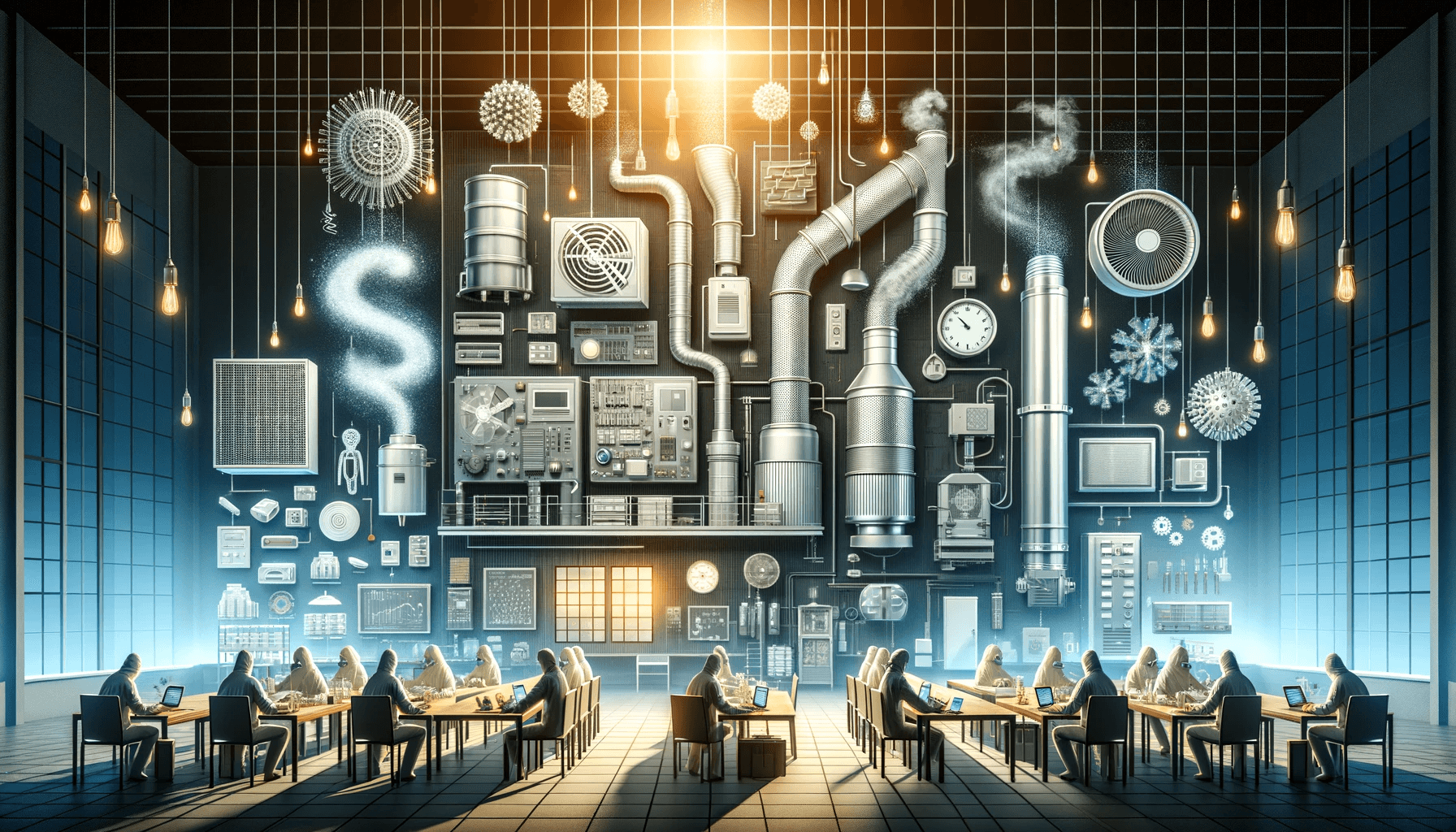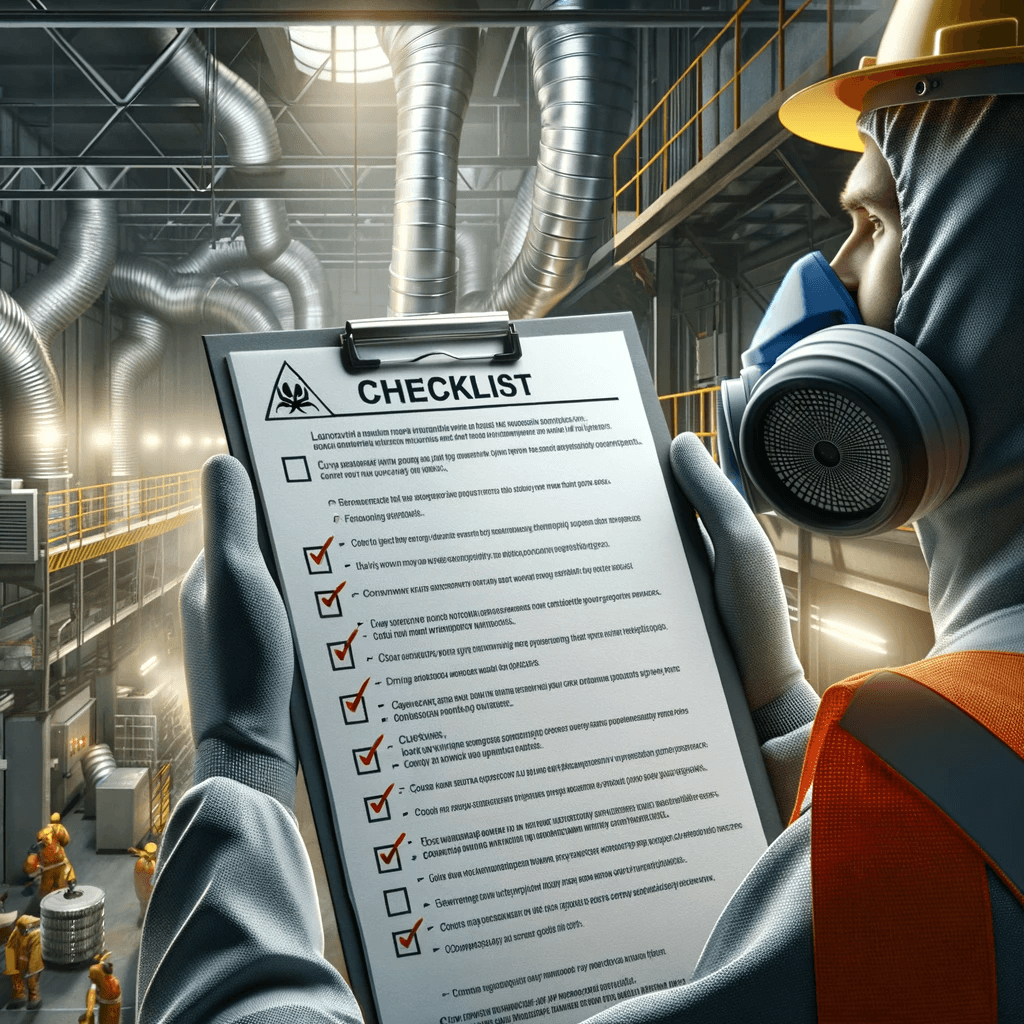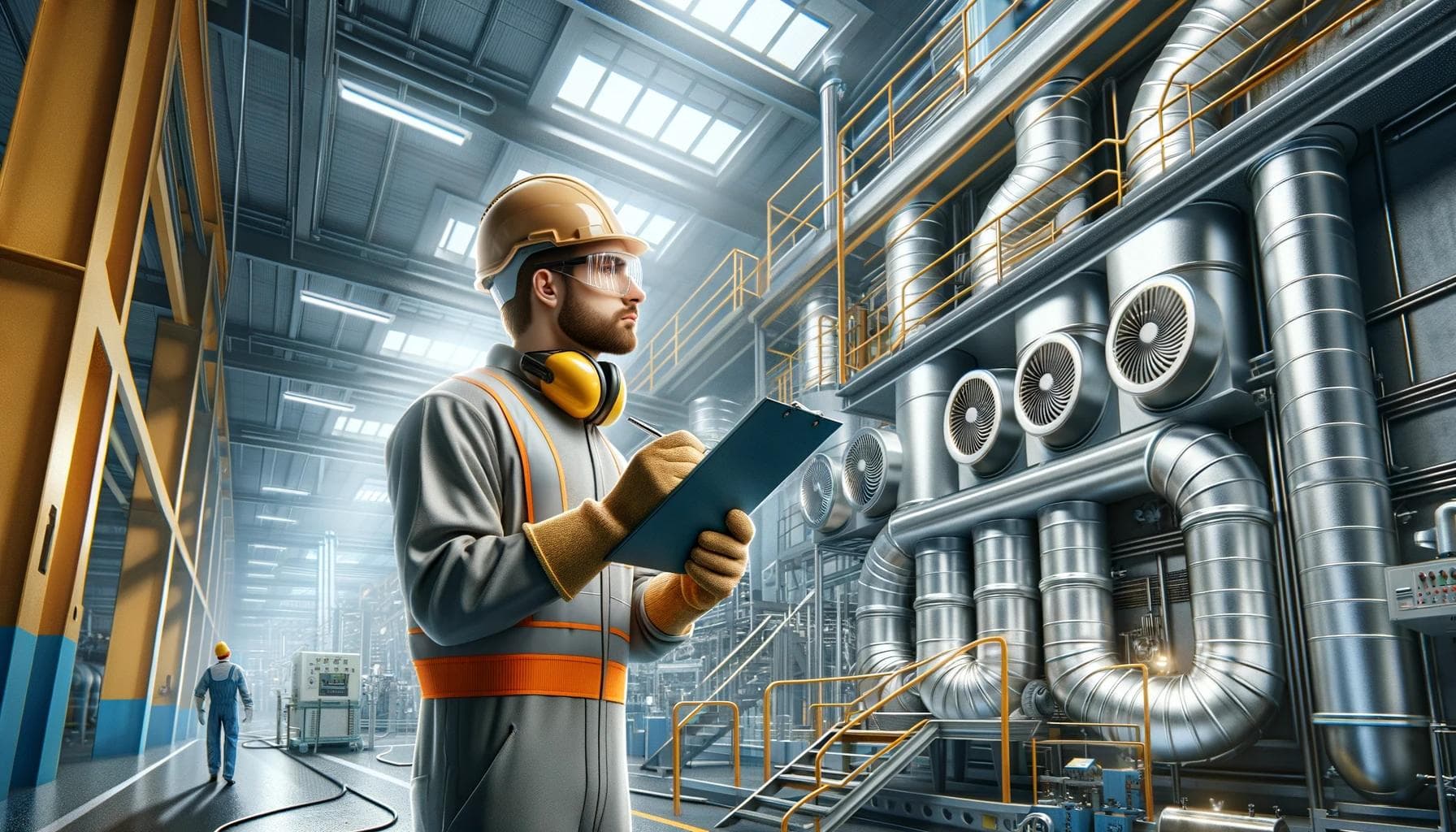Step-by-Step Guide to LEV System Installation
Local Exhaust Ventilation (LEV) systems are vital for controlling airborne contaminants in the workplace. Installing an LEV system needs careful planning and a detailed approach to ensure that it effectively protects workers and meets legal requirements. If you're tasked with overseeing an LEV system installation, here’s a step-by-step guide to ensure a smooth process and successful outcome.
Understanding the Importance of LEV Systems
Before delving into the installation steps, it's crucial to understand the role of LEV systems. They are designed to extract harmful dusts, fumes, and vapours directly at their source, preventing them from entering the breathing zones of employees and thus reducing health risks.
Step 1: Initial Site Assessment
Conducting a thorough site survey
The first step in your LEV installation is to perform a detailed site assessment. This involves evaluating the processes that produce airborne contaminants, identifying the types of substances involved, and understanding the layout of the work area. This assessment will determine the specification of the LEV system needed to control the identified hazards effectively.
Step 2: System Design
Creating a tailored LEV solution
Based on the initial assessment, a bespoke LEV system design should be developed. This design should consider the required hood design, ductwork routing, air volume and velocity, as well as the filtration and extraction equipment. A good design will ensure that the system is not only effective but also energy-efficient and minimally disruptive to your operations.
Step 3: Installation Planning
Pre-installation preparations
Before the installation begins, you need to prepare the site. This includes securing the work area, notifying employees, and ensuring all necessary materials and tools are on hand. Planning is key to minimising downtime and ensuring a seamless installation process.
Step 4: Installing the Ductwork
Setting up the framework
The installation starts with the ductwork, which is the system's skeleton. It's essential to follow the design specifications to the letter, ensuring that the ductwork is properly supported and sealed to prevent leaks and maintain optimal performance.
Step 5: Fitting the Hoods and Ventilation Points
Ensuring effective contaminant capture
Next, the hoods or capture points are installed. These should be positioned as close to the emission source as possible to effectively capture contaminants before they disperse into the workplace.
Step 6: Installing Extraction Units and Air Cleaners
Implementing the heart of the LEV system
After the ductwork and hoods are in place, the extraction units and air cleaners are installed. These components are critical as they filter and clean the extracted air, ensuring compliance with environmental and workplace regulations.
Step 7: Commissioning the System
Initial testing and adjustments
Once all components are installed, the system must be commissioned. This involves testing the LEV system to ensure it operates as designed. During commissioning, airflow measurements and adjustments are made to balance the system for optimal performance.
Step 8: Training and Documentation
Empowering users and ensuring compliance
Proper training for your staff is crucial for the efficient operation of the LEV system. Additionally, you must document all aspects of the installation and commissioning process for future reference and compliance purposes.
Step 9: Regular Maintenance and LEV Testing
Ensuring ongoing effectiveness
Maintenance is vital for the long-term performance of your LEV system. Regular inspections, cleaning, and LEV testing help to identify and rectify any issues before they become major problems.
Choosing the Right Installation Partner
While this guide provides you with a clear framework for LEV installation, the importance of working with an experienced installation partner cannot be overstated. An expert provider of LEV installation services will ensure that your system is designed and installed to meet all legal requirements and protect your employees effectively.
To learn more about LEV systems and to find a trusted professional for your LEV installation, please visit WBT Services Ltd. As a comprehensive provider of industrial systems and solutions, we're committed to delivering the highest standards of service and expertise.
Installing an LEV system is a significant investment in your facility’s health and safety. By following this guide and partnering with a reputable installer, you can ensure that your workplace remains a safe environment for your employees, compliant with all relevant regulations.
FAQs
What is the purpose of a Local Exhaust Ventilation (LEV) system?
An LEV system is designed to extract harmful dust, fumes, and vapors at their source, preventing them from entering the breathing zones of workers. This reduces health risks associated with airborne contaminants and helps meet workplace health and safety regulations.
What steps are involved in installing an LEV system?
Installing an LEV system involves several key steps: 1. Conducting a detailed site assessment to evaluate the processes and contaminants present. 2. Designing a tailored LEV system, considering all aspects from hood design to air cleaning. 3. Preparing the site for installation and installing the ductwork, hoods, and extraction units. 4. Commissioning the system with airflow tests and adjustments for optimal performance. 5. Training staff and documenting the process for compliance. 6. Performing regular maintenance and LEV testing to ensure ongoing effectiveness.
Why is it important to choose an experienced LEV installation partner?
Working with an experienced LEV installation partner is crucial because they have the expertise to design and install a system that complies with legal requirements and effectively protects employees. An expert installer will ensure that the system is efficient, reliable, and tailored to the specific needs of your facility.
Key Takeaways
1. Importance of Proper Planning and Design: One of the primary takeaways from the blog post is the importance of carrying out a comprehensive site assessment before designing an LEV system. This ensures that the system is tailored to the specific needs of the workplace, effectively controlling airborne contaminants, and complying with health and safety regulations. A well-designed LEV system reduces health risks and is also energy-efficient and minimally disruptive to operations.
2. Critical Nature of Professional Installation and Commissioning: The installation and commissioning of an LEV system are intricate processes that require precision and expertise. Following the step-by-step guide and ensuring that each component—from ductwork to extraction units—is installed according to specifications is crucial for the system’s effectiveness. Commissioning the system with initial testing and adjustments is necessary for optimal performance and maintaining regulatory compliance.
3. Ongoing Maintenance and Professional Partnership: Regular maintenance and LEV testing are necessary to sustain the long-term performance of the system and preemptively address any issues. Additionally, selecting an experienced installation partner is vital. A reputable LEV service provider will not only ensure a compliant and effective installation but also empower users through proper training and documentation, laying the foundation for a safe work environment.


